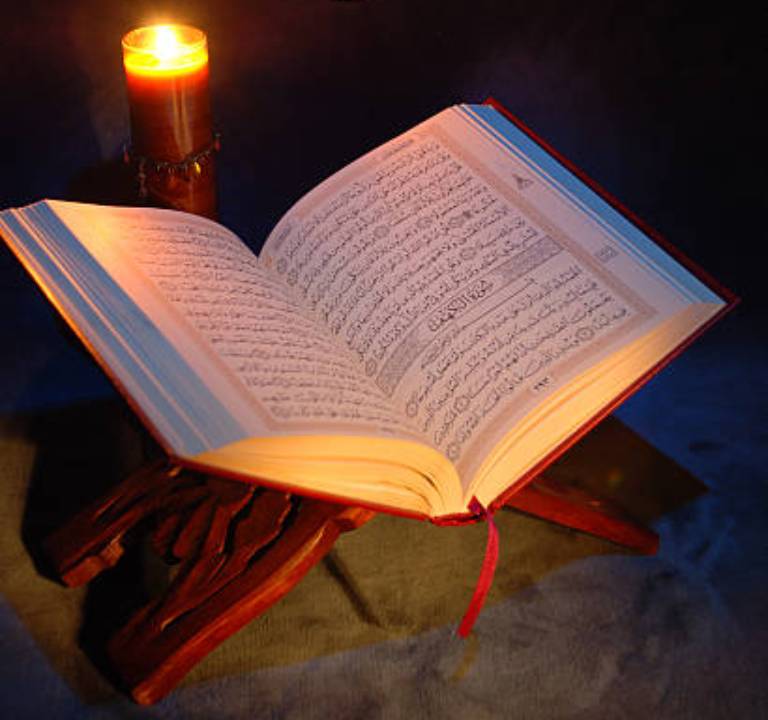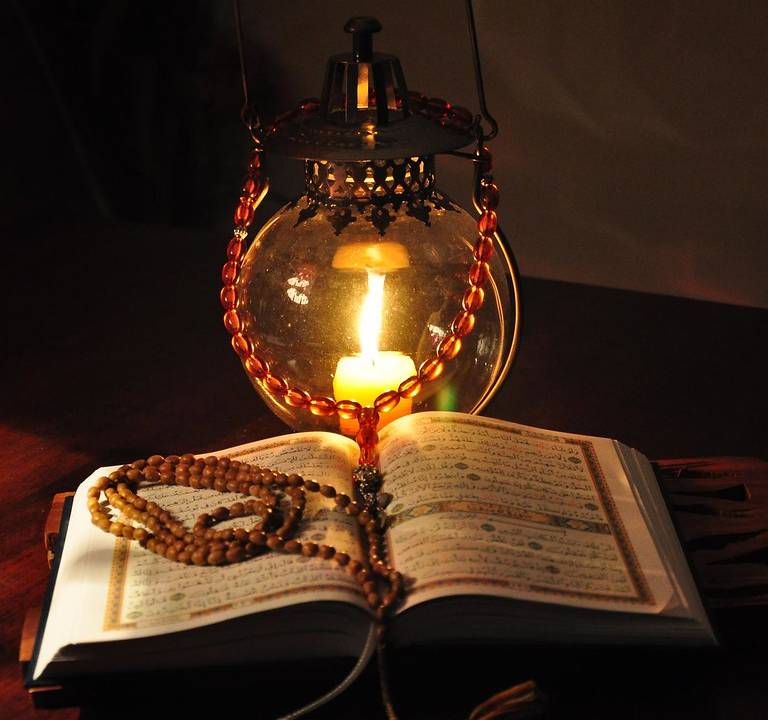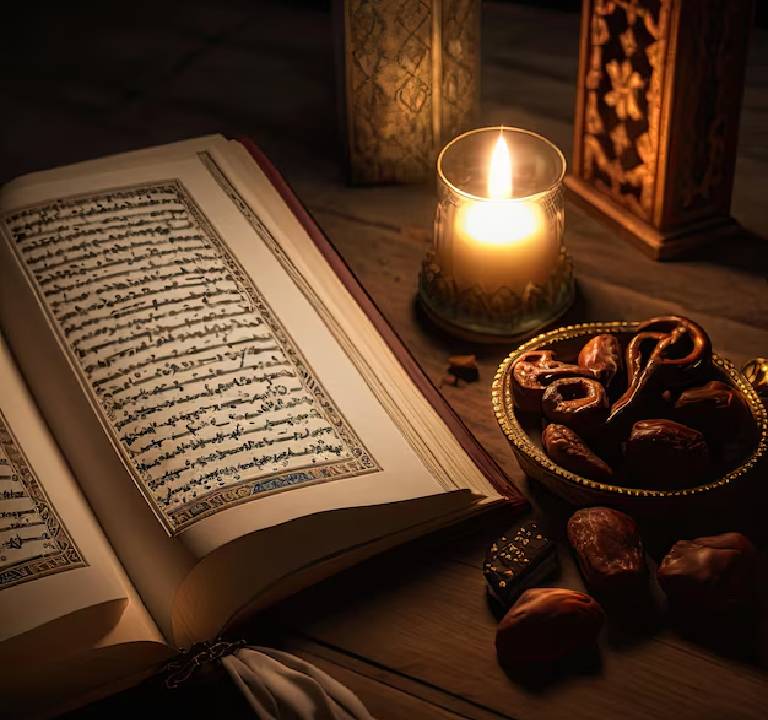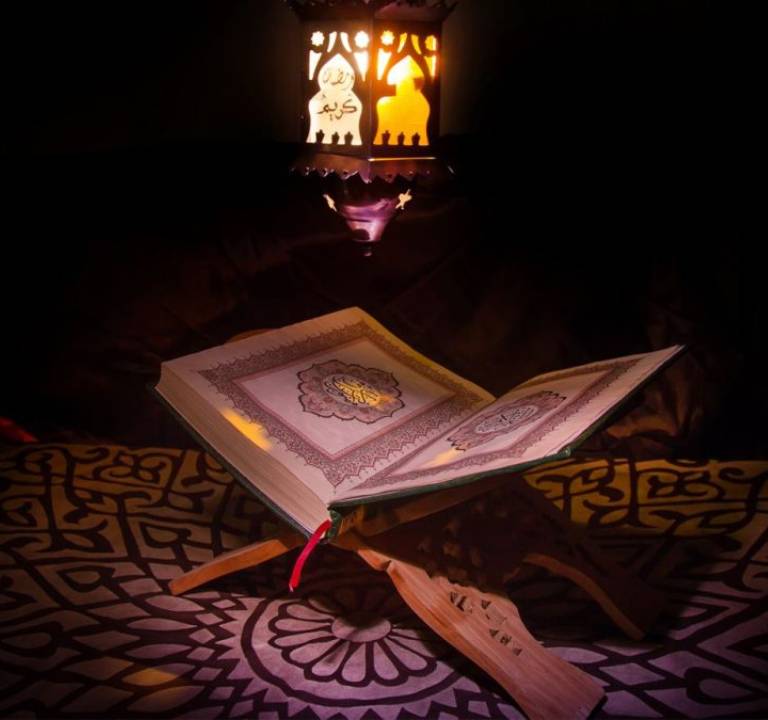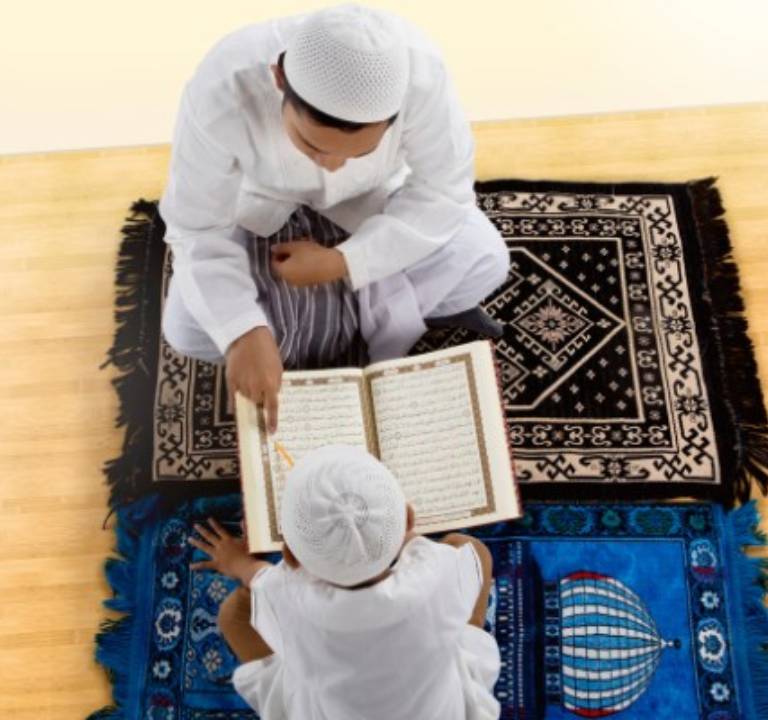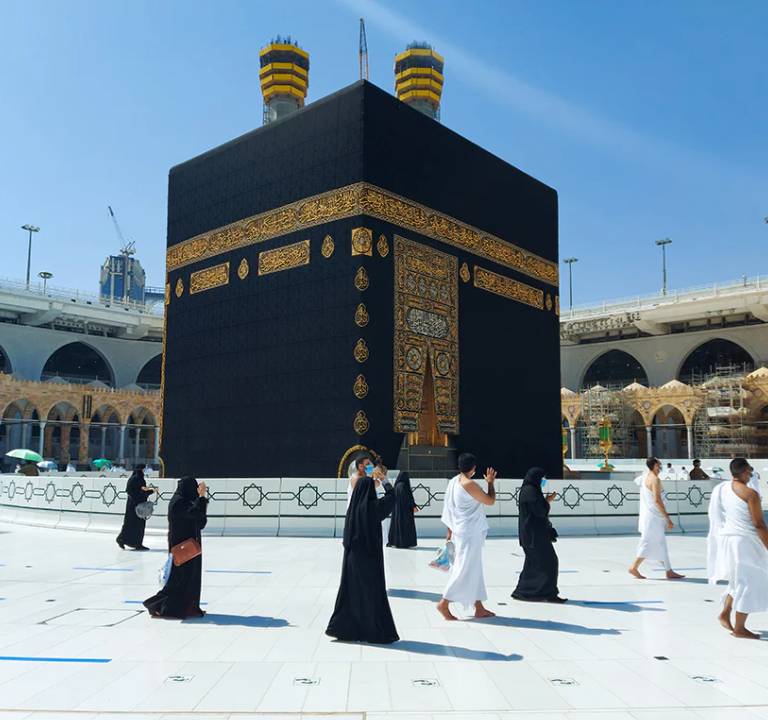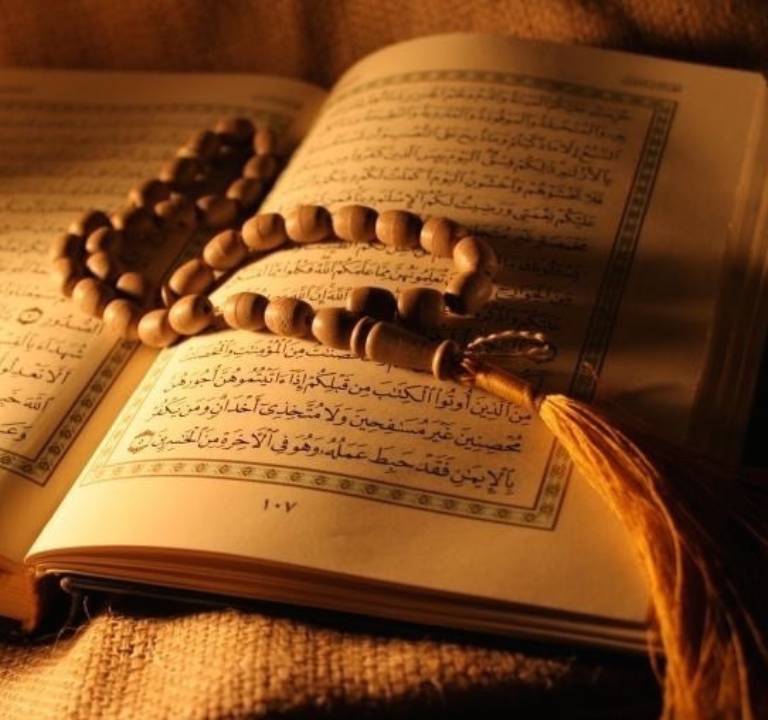
How the Quran Was Written
Understanding how the Quran was written is crucial for grasping its significance in Islam. The Quran is regarded as the literal word of God revealed to the Prophet Muhammad over a period of 23 years. This blog will delve into the detailed process of how the Quran was written, from its revelation to its compilation into a complete text.
The Revelation of the Quran
To fully comprehend how the Quran was written, one must first understand the revelation process. The Quran was revealed to the Prophet Muhammad starting in 610 CE, when he was 40 years old, and continued until his death in 632 CE. These revelations came through the angel Gabriel, who conveyed God’s messages to Muhammad.
During this time, the Quranic revelations were not immediately compiled into a book. Instead, they were recited to Muhammad’s followers and memorized. These early Muslims relied heavily on oral transmission to preserve the messages. This oral tradition was a key part of how the Quran was written, as it ensured the preservation of the revelations even before they were physically recorded.
Early Written Records
In addition to oral transmission, some of the Quranic verses were recorded in written form during Muhammad’s lifetime. The Prophet had scribes who wrote down the revelations on various materials, including parchment, bones, and leaves. These early written records were not compiled into a single book but were kept as separate fragments by the Prophet’s companions.
The written records served as important references but were not sufficient for a complete collection of the Quran. The process of how the Quran was written involved collecting and organizing these fragments after Muhammad’s death to create a comprehensive text.
Compilation Under the First Caliph
After Muhammad’s death, the first caliph, Abu Bakr, recognized the need to compile the Quran into a single book. This decision was prompted by the Battle of Yamama in 632 CE, where many of those who had memorized the Quran were killed. Fearing that the Quran might be lost, Abu Bakr initiated the compilation process.
The task was entrusted to Zaid ibn Thabit, one of Muhammad’s main scribes. Zaid and his team gathered all available written fragments and compared them with the oral recitations of the Quranic verses. This was a meticulous process to ensure accuracy and completeness. The compiled text, known as the Mushaf, was preserved in a single manuscript, which was kept by Abu Bakr and later passed to the second caliph, Umar ibn al-Khattab, and then to his daughter, Hafsa.
Standardization Under Caliph Uthman
The next significant step in how the Quran was written occurred during the caliphate of Uthman ibn Affan. As the Islamic empire expanded, different regions developed their own recitations and versions of the Quran. To maintain consistency and prevent disputes, Uthman ordered the creation of a standardized version of the Quran.
In around 650 CE, Uthman commissioned a committee led by Zaid ibn Thabit to produce a uniform text. This committee reviewed the existing manuscripts and oral recitations to ensure that the final version accurately reflected the revelations. They standardized the text, produced multiple copies, and distributed them to various parts of the Islamic empire. Uthman’s standardized version became the definitive text of the Quran.
Preservation of the Quran
The process of how the Quran was written involved not just compiling and standardizing but also preserving the text. After the compilation under Uthman, copies of the standardized Quran were distributed widely. The preservation of the Quran was ensured through careful copying and memorization.
Muslims have always placed a strong emphasis on memorizing the Quran, a practice that continues to this day. Many early Muslims who had memorized the entire Quran, known as Huffaz, played a crucial role in preserving the text. Their efforts, combined with the written copies, ensured that the Quran remained intact and unchanged.
The Quran’s Role in Modern Times
Understanding how the Quran was written helps to appreciate its role and significance in modern times. Today, the Quran is one of the most widely read and studied books in the world. It is available in numerous formats, including printed copies and digital versions. The preservation of the Quran remains a priority for Muslims, who continue to engage in practices that honor its original text.
The process of how the Quran was written has had a lasting impact on Islamic culture and religious practice. The Quran’s influence extends beyond its historical compilation to its role in guiding the spiritual, moral, and social lives of Muslims.
Conclusion
In conclusion, the process of how the Quran was written involved a combination of oral transmission, early written records, and meticulous compilation and standardization efforts. From the initial revelations to the creation of the standardized text under Caliph Uthman, the Quran’s preservation has been a continuous and dedicated effort. The Quran remains a central text in Islam, reflecting the deep commitment to maintaining its integrity and ensuring its accessibility for future generations. Understanding this process enriches our appreciation of the Quran’s significance and its enduring impact on the lives of Muslims worldwide.




